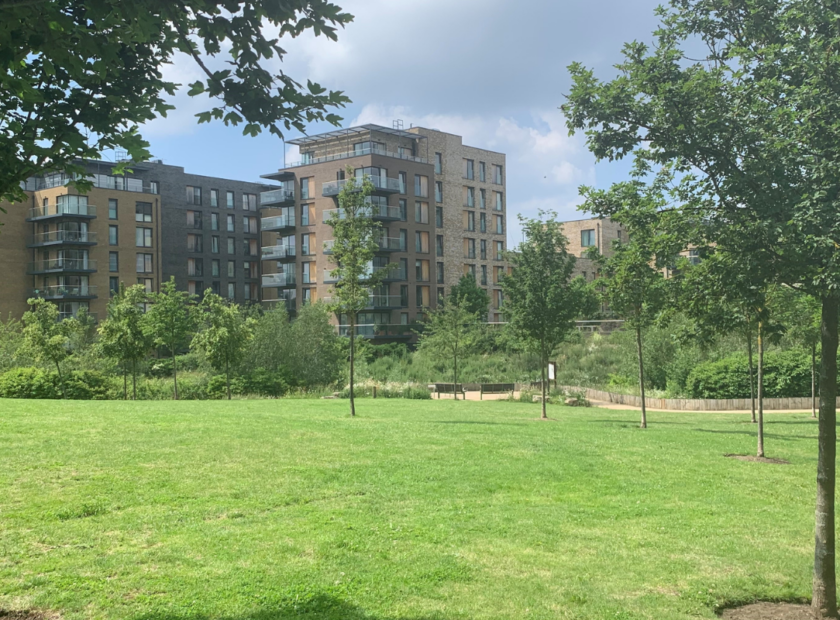Healthy housing is a life and death issue that goes well beyond fire. The Building Safety Bill is at risk of being a missed opportunity to save lives.
When you think of the word ‘safety’, what immediately comes to mind? Is it a secure home, safe from the risk of crime? Is it protection against harm offered by a car seat belt or the risk of fire? It is certainly true that each of these things are indeed matters of safety as they all concern potentially very serious threats to our health and wellbeing. What these risks all have in common is the immediate nature of the potential harm posed.
So, if we agree that these risks are indeed issues of safety, should we extend our association to include less-immediate, however just as serious, threats to one’s health and wellbeing posed by mould and damp, lack of natural light, or exposure to poor air quality?
The Government’s Building Safety Bill suggests that they believe we should not. This Bill is the Government’s main response to the Grenfell tragedy, and is currently making its way through Parliament. At present the Bill only addresses risk of fire in some types of building, and ‘safety’ has been left undefined.
During the Bill’s Second Reading in the Lords, Baroness Bennett of Manor Castle challenged the Government’s failure to incorporate a wider definition of safety head on, stating that:
“…a home that kills its vulnerable resident with excessive heat, or that sickens and kills them through biting cold, is one that is deadly. That has to be a building safety issue.”
We know that mould and damp in buildings, poor air quality, and lack of natural light can all, over time, cause severe ill-health, and even lead to death. So why not consider these less immediate – but similarly important – issues within the scope of the Bill? This question seems even more pertinent when considering that the total number of deaths caused by people living in cold homes alone significantly outweighs the number of fire-related deaths. There were 262 fire-related fatalities during 2019/20 in England and Wales, compared to 8,500 fatalities caused by cold homes during the same period. The Building Safety Bill is a significant opportunity to address all risks posed by poor quality homes.
Lord Nigel Crisp, former Chief Executive of the NHS, recognises this opportunity, and along with a cross-party group of Peers – including Lords Blunkett (Lab), Young of Cookham (Con), and Stunell (Lib Dem) – has tabled an amendment which would ensure that the new Building Safety Regulator, introduced by the Bill, understands ‘safety’ in terms of people’s wider health and wellbeing. You can read the wording of Lord Crisp’s amendment here.
During the Building Safety Bill’s Committee Stage in February, Lord Crisp made a powerful introduction to the amendment:
“We must not miss this opportunity to take a holistic view of safety. Do we want a future where we have regulated appropriately for fire but, to take just one example that the Committee will be addressing, let people fall down unsafe steps, even though we know what can be done to prevent it?”
Lord Crisp, with Lords Blunkett, Bethell and Stunell, will now present the amendment again at Report Stage tomorrow where it stands a chance of being voted into the Bill.
If adopted, the amendment would be the start of a new approach to the creation of places which meet everyone’s need for a decent home in a healthy neighbourhood. Health is ultimately won and lost outside of healthcare settings, and the home is where we spend most of our time. By amending the Building Safety Bill, they can make the first step towards this prize.
The Town and Country Planning Association have published a Parliamentary briefing on Lord Crisp’s amendment – you can download it here.




